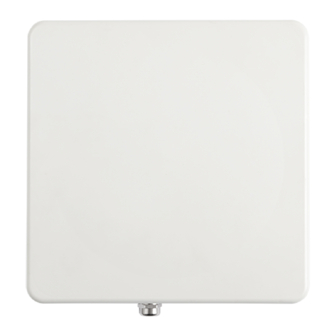
Cambium Networks PMP 450i User Manual
Cambium pmp synchronization solutions
Hide thumbs
Also See for PMP 450i:
- Configuration manual (649 pages) ,
- Installation manual (292 pages) ,
- Planning and installation manual (287 pages)
Table of Contents
Advertisement
Quick Links
Advertisement
Table of Contents














Need help?
Do you have a question about the PMP 450i and is the answer not in the manual?
Questions and answers